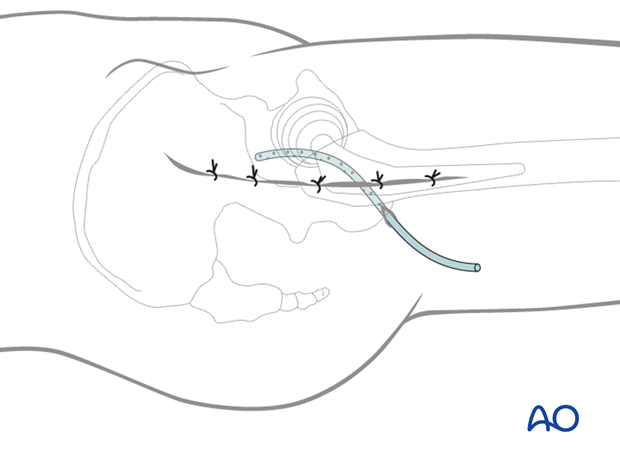Blood loss management
1. Introduction
Femoral periprosthetic often occur in elderly patients and careful consideration of initial, ongoing, and perioperative blood loss must be taken.
Many of these patients are on anticoagulation, which may predispose them at significant blood loss at the time of injury. Medical co-management for reversal of anticoagulation should be considered, along with stabilization aids such as traction, which can help mitigate active bleeding and pain.
2. Time of hospital admission
Coagulation parameters including PT/PTT and INR along with a CBC should be obtained immediately and within a few hours of the injury to evaluate for ongoing blood loss. Administration of reversal agents such as vitamin K, protamine, and prothrombin complex concentrate, factor Xa inhibitior antidote should be considered as clinically appropriate.
3. Perioperative
Use of spinal anesthetic if medically appropriate can help to decrease blood loss. In addition, utilization of cell saver blood harvest, antifibrinolytics (tranexamic acid or aminocaproic acid, both systemic and topical), and careful dissection and hemostasis is critical.
Administration of fresh frozen plasma should be considered.
4. Postoperative
Patients will require postoperative anticoagulation to avoid thromboembolic events. Therefore, drain placement should be carefully considered.













